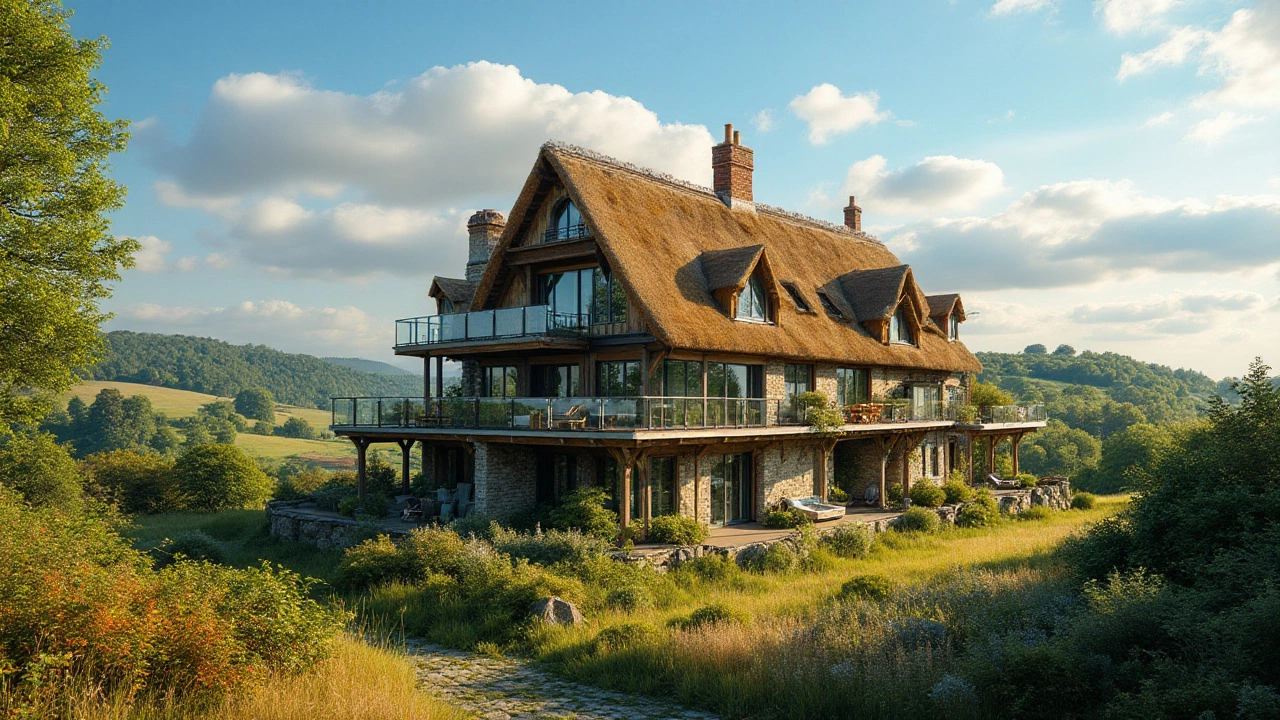
Rural Architecture in the Loch Ness Region
If you love quiet valleys, stone walls, and a bit of history, you’re in the right place. Rural architecture around Loch Ness is all about simple, sturdy buildings that blend into the hills. Think stone cottages with thatched roofs, wooden farmhouses, and modern homes that still use local stone. These buildings aren’t just places to sleep – they tell a story about the people who built them and the landscape they live in.
Key Features of Scottish Rural Architecture
First, the material matters. Most old homes use local stone because it’s strong and keeps the house warm. You’ll see walls that are thick, sometimes double‑layered, with a rough finish on the outside and a smooth plaster inside. Roofs are often thatch or slate – both give a natural look and shed rain well.
Second, the layout is practical. Many cottages have a single large room on the ground floor that served as kitchen, dining, and living space. Bedrooms are tucked upstairs, often under the roof slope. Small windows let in just enough light and help keep the heat in during winter.
Third, details add charm. Dark wooden beams, stone fireplaces, and low ceilings create a cozy feel. You might notice a “crow’s foot” porch or a small garden fence made of driftwood. Modern builds keep these touches but add insulation and double‑glazed windows for comfort.
Finding Your Perfect Rural Retreat
When you’re hunting for a place to stay, start by deciding what you want most. Want a true historic feel? Look for a cottage listed as a “National Trust” property or a privately owned stone house. Prefer modern comforts? Many new builds mimic traditional looks while offering Wi‑Fi and hot water.
Check the location. Some cottages sit on the edge of the loch, giving you water views and easy walks. Others are deeper in the glens, perfect for hiking and wildlife spotting. Use a map to see how far the nearest village or shop is – a short drive can make a big difference if you need groceries.
Ask about amenities. Not every rural home has a full kitchen, but most will have a kettle and basic cookware. If you plan to cook, confirm there’s a stove and fridge. For those who just want to relax, a fireplace or wood‑burning stove adds extra comfort.
Lastly, read reviews. Travelers often mention the warmth of the host, the cleanliness of the space, and how well the house kept the weather out. A good review can save you a night of shivering in an ill‑insulated loft.
Rural architecture around Loch Ness isn’t just a backdrop – it’s part of the experience. Whether you pick a centuries‑old stone cottage or a new build with a traditional look, you’re getting a piece of Scottish heritage. So pack a sweater, bring a camera, and get ready to stay in a place where the walls have lived for generations.
